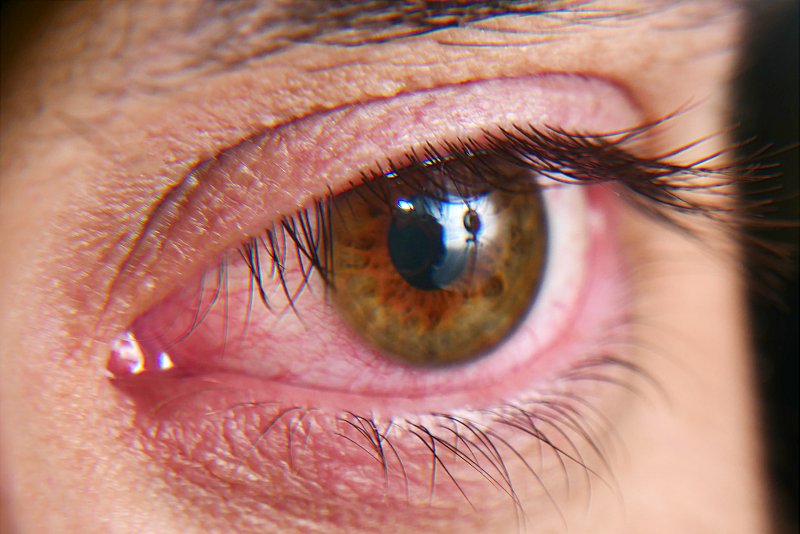
Your eyes need plenty of high-quality tears to keep them smooth and clear. But if something goes wrong with tear production, you could end up suffering from dry eye. Not only is this condition uncomfortable, but it can potentially lead to more serious problems. The following post explores everything you need to know about this condition, including what causes it, how you can recognize it, and your options for dry eye treatment.
What Causes Dry Eye?
Sometimes the problem is that your body simply isn’t producing enough tears. This can be the result of natural hormonal changes due to aging. However, it could also be a side effect of rheumatoid arthritis, thyroid disorders, and other medical conditions.
In other cases, your body might still be producing tears, but they evaporate too quickly. Often, this is due to the meibomian glands in your eyelids getting blocked somehow. The meibomian glands add an oily layer to the tears to prevent them from drying up. Without this layer, the moisture on your eyes won’t last as long as it needs to.
What are the Symptoms of Dry Eye?
You can usually recognize dry eye by a stinging, burning, or scratchy sensation in one or both eyes. Other possible warning signs include:
- Eye redness
- Feeling like something is caught in your eyes
- Having trouble wearing contacts
- Watery eyes (the body’s natural response to eye irritation)
- Blurred vision
If the symptoms of dry eye last for a long time, that’s your sign to start asking “Where’s a good optometrist near me?” Ignoring the problem for too long could lead to complications such as infection or damage to the surface of your eyes.
How Can Dry Eye Be Treated?
Depending on what caused your dry eye and how severe it is, your optometrist may recommend one of several treatments:
- If you only have mild dry eyes, they may prescribe artificial tears so that you can keep them moist throughout the day.
- In cases where there aren’t enough tears being produced, punctal plugs can be placed on your tear drainage ducts. This stops tears from draining away, letting them last longer.
- If there’s a problem with your meibomian glands, your optometrist can perform what’s known as meibomian gland expression to help them function properly again.
These are just a few examples of potential dry eye treatments. Other options might be discussed depending on your circumstances. Remember that dry eye disease is considered a medical condition, so insurance might be able to help you pay for treatment; this can make it easier to get the exact kind of care you need.
Dry eye can make it harder to enjoy everyday life, but luckily finding relief isn’t too difficult. Call your optometrist today if you think there’s something wrong with your eyes; the sooner you act, the sooner you can put an end to your discomfort and protect your vision.
About the Author
Dr. Nayiri Ajoian is our friendly optometrist at EyeSmile Dentistry and Optometry of Belmont. She graduated with clinical honors from the New England College of Optometry in Boston. Today, she helps her patients with a wide range of eye and vision-related problems. To learn more about the services she offers or to schedule an appointment, visit her website or call (617) 484-7869.
